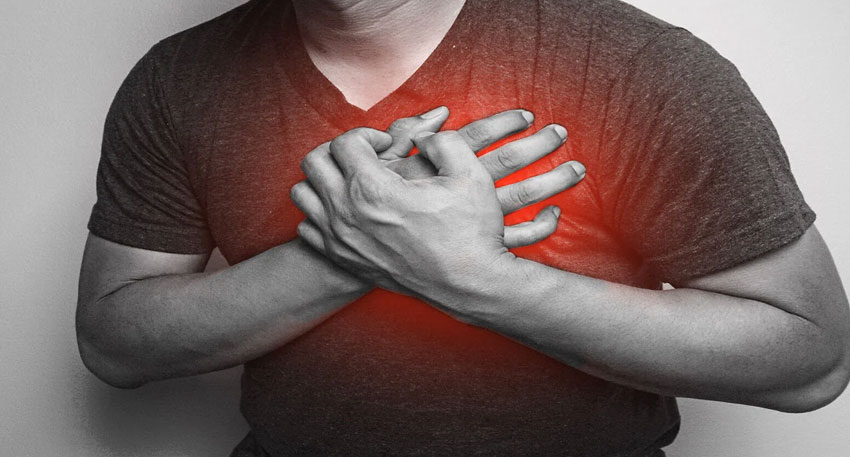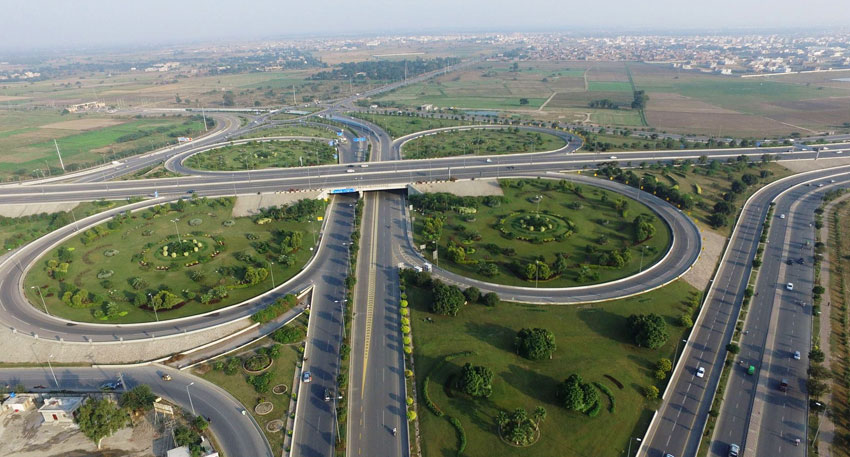
Heart attacks and cardiovascular diseases, which were long relegated to older persons, have now become alarmingly prevalent in persons in their 30s and 40s.
The World Life Expectancy statistics indicate that heart disease is responsible for 240,720 deaths in 2020, constituting 16.49% of total deaths in Pakistan. The age-adjusted mortality rate of Pakistan ranks it on 30th position globally with the highest mortality due to heart related diseases.
Experts say that almost 50% of the heart attack patients in Pakistan are below the age of 49 years and 15% are below 40 years old, according to the National Institute of Cardiovascular Diseases (NICVD). This puts Pakistan among the leading nations with the largest number of young heart attack victims in the world.
Also Read: Dangerous eye virus spreads among youth
Medical experts attribute the spike in heart attack cases to diabetes, high blood pressure, obesity, smoking, and unhealthy lifestyles. Population in urban areas seems more susceptible compared to rural populations, although some studies suggest greater incidence of associated conditions like hypertension and diabetes in women.
Warning signs of potential heart issues include chest pain, shortness of breath and pain or discomfort in the arms, back, neck, or jaw. Other signs can include dizziness, sweating, nausea, and swelling in the legs or ankles.
Experts are emphasizing the imperative for early diagnosis, periodic screening after 30 years of age, and extensive public health programs to tackle modifiable risk factors. "Youths are increasingly falling prey to heart disease, and if lifestyle modifications do not take place, it will become more severe," cautioned cardiologists.
Public health officials are being called upon to make awareness programs a priority, advocate healthy diet, urge exercise, and enhance access to cardiology care, particularly in disadvantaged areas.




